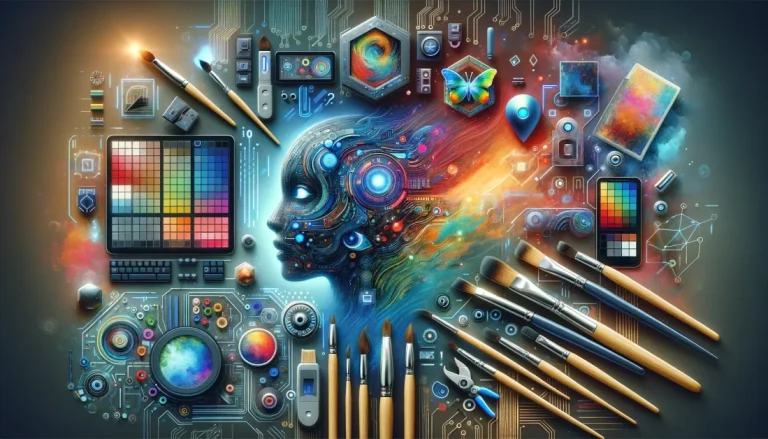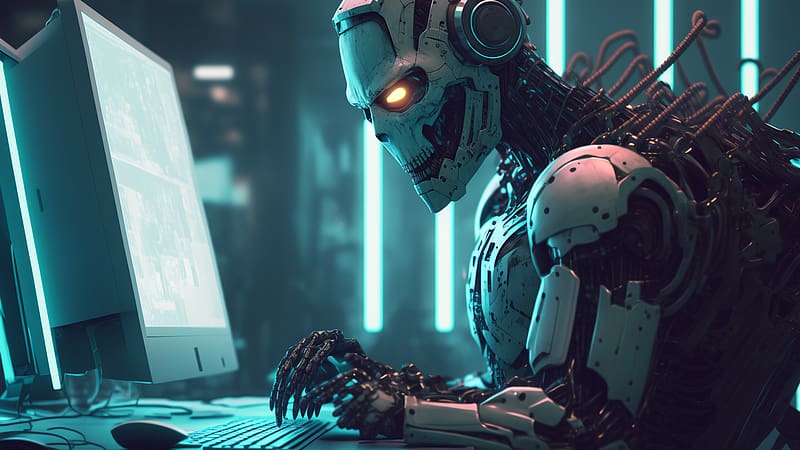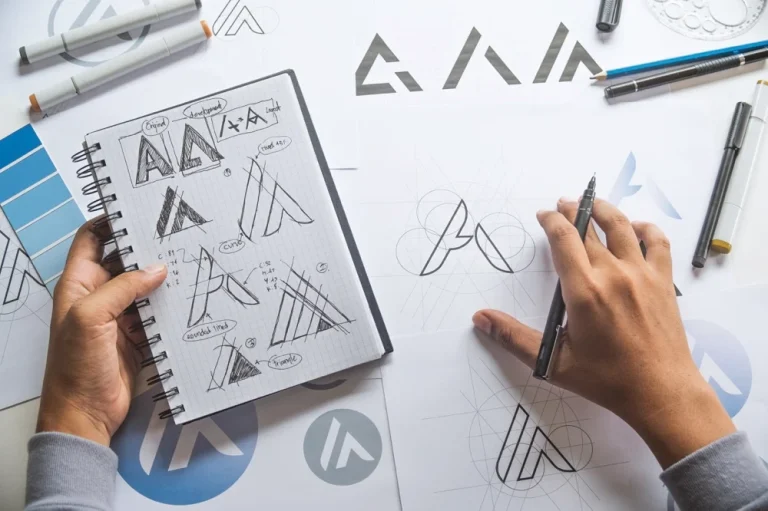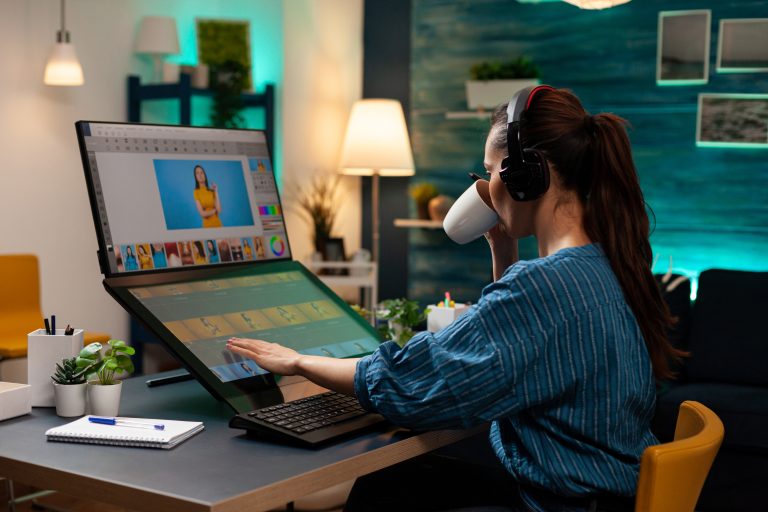How Artificial Intelligence helps as a graphic designer
Artificial Intelligence (AI) is revolutionizing various industries, and graphic design is no exception. With its ability to analyze data, recognize patterns, and automate tasks, AI is becoming an indispensable tool for graphic designers worldwide. Let's delve into how AI is transforming the field of graphic design and supporting designers in their creative endeavors.
1. Automated Design Generation:
One of the most significant contributions of AI to graphic design is automated design generation. AI-powered tools can analyze design trends, user preferences, and brand guidelines to generate personalized designs efficiently. This saves designers time and allows them to focus on refining and customizing designs rather than starting from scratch.
2. Enhanced Creativity:
AI algorithms can inspire creativity by providing designers with innovative ideas and suggestions. For example, AI-powered design assistants can recommend color schemes, typography combinations, and layout options based on the project requirements. This helps designers explore new possibilities and push the boundaries of their creativity.
3. Streamlined Workflow:
AI streamlines the graphic design workflow by automating repetitive tasks and optimizing processes. For instance, AI can assist with image editing, background removal, and file organization, allowing designers to work more efficiently and deliver projects faster. By reducing manual labor, AI frees up designers' time to focus on more creative and strategic aspects of their work.
4. Data-Driven Insights:
AI enables graphic designers to leverage data-driven insights to create more effective designs. By analyzing user behavior, market trends, and performance metrics, AI algorithms can help designers understand their target audience better and tailor their designs to meet their needs. This data-driven approach increases the likelihood of creating designs that resonate with users and achieve desired outcomes.
5. Personalized Design Solutions:
AI enables graphic designers to create personalized design solutions at scale. By analyzing user preferences, demographics, and browsing history, AI algorithms can generate customized designs that cater to individual needs and preferences. This personalization enhances user engagement and creates a more memorable experience for the audience.
6. Improved Accessibility:
AI-powered design tools improve accessibility for designers of all skill levels. These tools often feature intuitive interfaces, guided workflows, and built-in tutorials that make it easier for beginners to create professional-looking designs. Additionally, AI can assist designers with disabilities by providing alternative input methods and accessibility features.
7. Quality Enhancement:
AI helps enhance the quality of graphic designs by providing real-time feedback and suggestions. For example, AI algorithms can analyze design elements such as color contrast, alignment, and composition to identify potential issues and recommend improvements. This ensures that designs meet high standards of quality and professionalism.








